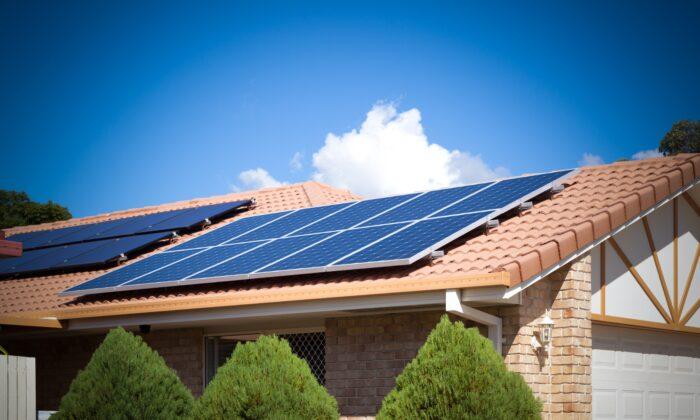Australia is seeking to harness its abundant rooftop solar capacity through a new system that will convert households and businesses into miniature power stations that electrical grid operators can manage.
Dubbed “Project Symphony,” the $35.5 million pilot program in Perth, Western Australia (WA) will last two years and involve 500 residences and a total of 900 energy assets, which includes both battery and solar generators.
Of the $35.5 million figure, the state of WA will be investing $19.3 million together with the federal government’s $8.6 million backings and a further $7.6 from the Australian Energy Market Operator (AEMO).
WA Energy Minister Bill Johnston lauded the new program as key to solving problems of increased transmission cables compared with centralised renewable energy stations while also helping lower costs for consumers.

“We currently have power stations, at the edge of our networks, with lots of wires carrying high voltages hundreds of kilometres,” he said. “But in the future, houses will become the power station through their rooftop solar.”
Energy and Emissions Minister Angus Taylor said WA was well suited to test a system that could eventually benefit all Australians.
“The uptake of solar energy is particularly strong in Western Australia, where more than 1.8 gigawatts of small-scale solar have been installed by households and businesses, and where around one in three homes now have rooftop solar,” Taylor said.
“As this continues to grow, it is crucial to understand how solar and batteries can work to lower costs for all electricity customers and strengthen electricity networks, rather than detract from reliability.”
Managing these “distributed energy resources,” known as DERs, has been identified by Australia’s Energy Security Board (ESB) as one of several vital challenges that must be addressed to ensure future energy security.
Currently, DERs have functioned as secondary generators by lowering the demand for existing coal and gas generators, with sources like rooftop solar outputting into the grid almost immediately once available.

To avoid this, the AEMO had to manually intervene a total of 321 times in 2020, shutting off rooftop solar from the grid at moments when solar and wind generation reached levels that risked the loss of inertia-supplying thermal generators.
The ESB had previously warned that alongside DER management, an entire suite of reforms would be needed to ensure energy security as more renewable generation rolled out—without which the nation could face price shocks and blackouts.
“This isn’t just a tweak around the edges,” previously said ESB Chair Kerry Schott. “It’s about a whole redesign of the national electricity market.”

Stefan Jarnason, CEO of solar monitoring software and hardware provider Solar Analytics, had also previously pointed to reports by ESB and AEMO that illustrated the need for a mechanism to manage DERs better.
“The number one issue right now is that there is near zero visibility of how DER acts on the grid,” Jarnason previously told The Epoch Times in an email.
He expressed frustration over a lack of expediency in delivering such a mechanism, which is now set to change with the new Perth pilot project.
“DER is growing rapidly and will this decade be the largest generation source in the grid,” Jarnason said. “And yet, no authority anywhere has taken the industry agreed step to actually delivering on the pressing issue.”





